Emergencies related to liver diseases are commonly encountered in day to day clinical practice. This “Handbook of Liver Emergencies” was conceived following a series of online seminars which were conducted over a year during the covid pandemic. The seminars included leading faculty in the field of hepatology & several important topics related to liver emergencies were discussed threadbare. In view of the keen participation that these seminars generated, it was decided to compile these and publish them in the form of a handbook. The main purpose of this book is to bring awareness about diagnosis & management of various liver emergencies which are commonly encountered. This book is going to be useful for the trainees, physicians, emergency doctor, hepatologists, gastroenterologists, surgeons and all those who are involved in the management of patients with liver diseases. All the efforts have been made to present practical & up-to-date knowledge in the management of liver emergencies. All the authors are leading experts in their fields and have contributed immensely in the creation of this handbook. This is the first of its kind book wherein all the liver related emergencies are compiled in one place. All the chapters are lucidly written & are supported by relevant references. In the end, there is an annexure which includes important grading & classification systems of liver related issues for ready reference of the readers.
| Categories: | All, distributed, Gastroenterology & Hepatology |
|---|
| Weight | 750 kg |
|---|---|
| Dimensions | 27 × 19 × 2 cm |
Related products
-
Dermatological Diseases A Practical Approach 3/Ed. – Revised & Updated
₹1,595.00Dermatology has grown much since the release of the second edition, with several advances in different fields suchh as lasers, biologics, drug therapy, dermoscopy. But the most notable change has been the change in profile, with emphasis on procedural dermatology and visibility on social media. The new 3 rd Edition reflects these changes and is therefore a thoroughly revised edition. Several new images have been added to make it more illustrative. However, the emphasis on clarity in a reader- friendly manner. Therefore the emphasis on text boxes, schematic diagrams, and flow charts continues. A new addition is the list of suggested reading, MCQs and case reports for each chapter. The Following quote form previous edition is still relevant: Writing of a book is like sawing a saw- it sharpens the mind and freshens the knowledge and is thus a process that gives immense satisfaction and joy. This satisfaction and joy will be greater if the readers too find it a valuable tool to enhance their knowledge.
-
-
Textbook and Atlas of Dermatology 2nd Ed.
₹3,995.00Salient Features :
1) Comprehensive visual guidance you need to effectively evaluate, diagnose and manage all forms of skin disease. over 200 images richly depict etiology, clinical features, diagnosis and treatment, equipping you to provide the best care to every patient. 2) More than 40 chapters covering all dermatological ailments. 3) More than 200 illustrations from the Author’s personal database giving a unique overview of the diseases. 4) Hands – on clinical experience sharing in the form of cases, clinical presentations and management approach.
-
Puzzling Cases in Nephrology
₹2,295.00This Unique book provides a glimpse of how medical mysteries can be solved, or if not solved, atleast better understood. There is much in this book that will not easily be found in modern textbooks, as this to me organizes information around case examples rather than organizing facts around disease entities. In this book cases of renal diseases and kidney transplantation of particular diagnostic or therapeutic interest have been selected. This is an essential read for Nephrologists in practice and training and all those interested in care for a Renal patient
-
Current Progress In Nephrology Volume 3
₹1,995.00In the third volume of Current Progress in Nephrology, recent advances in different areas of kidney disease have been authored by eminent clinicians. The first few chapters discuss the genetics of renal development, regenerative medicine in relation to kidney, molecular diagnostics. Newer diagnostic modalities like functional magnetic resonance imaging, point of care ultrasonography and electron microscopy of organised deposits in kidney diseases are discussed in the subsequent 3 chapters. Diagnosing and managing difficult conditions of chronic kidney disease like, hepatorenal syndrome, pregnancy related renal problems, and scleroderma crisis are discussed in appropriate chapters. Anaemia, usually associated with CKD, is a significant cause of left ventricular hypertrophy and cardiovascular disease. The guidelines for correcting anaemia with iron supplementation and erythropoietin stimulating agents are provided in an appropriate chapter. Autosomal dominant rubulointerstitial kidney disease, a frequent cause of progressive CKD often remains an underdiagnosed condition and has been highlighted in one nice review. Understanding another a rare condition, thrombotic miocroangiopathy is important since it may lead to endstage renal disease or death, if not identified and appropriately treated in time.
-
HANDBOOK OF DERMATOLOGIC DRUG THERAPY 2/Ed. Revised & Updated
₹1,495.00Dermatology is a branch of medicine which relies heavily on outpatient treatment and also managing several incapacitating diseases as inpatients. The load of patients in any dermatology OPD is ever increasing, thanks to the recent awareness about the dermatological diseases. The role of a Dermatologist is complicated and quite demanding with reference to innumerable diseases that he has to deal with. Added to this, he is also expected to be well versed with all the drugs that he prescribes, what with constant addition of newer drugs. It is humanly impossible to remember and recollect the various indications, dosages, formulations, side effects and mechanism of actions of all the drugs that he is suppose to use. Another perennial threat is that posed by drug interactions. Books available on this subject are either very exhaustive or less informative. Handbook of Dermatologic Drug Therapy is published is an attempt to bridge this gap. In this second edition, newer therapies like biologics has been added. Each chapter has been updated to add the recent advances. The book is designed and written in a simple language and is not pocket heavy. The target readers are undergraduate, postgraduate and the practicing dermatologists alike. The contents of the book follow a standard format like chemical structure, mechanism of action, pharmacokinetics, indications, contraindications, side effects. Two other highlights of this book are prescription pearls and important drug interactions.
-
CARDIAC MRI Simplified CONCISE GUIDE
₹625.00Who Will benefit from this book? * Genuine interest in cardiovascular imaging * International certification exams * Enhancing skills in interpretations of cardiac MR Why this format? * Salient points, easier and faster to read. * Questions-answer approach for better understanding of topic. * Short and well contained guide. What are the highlights of the book? * Comprehensive coverage of all topics * Appropriate illustrations * Inclusion of recent advances
-
Current Progress In Obstetrics & Gynaceology – Volume 6
₹1,225.00Volume 6 of Current Progress in Obstetrics and Gynaecology has been complied during the most challenging time of the Covid – 19 pandemic. In spite of the challenges that all of us have faced thrughout the world, the editors are delighted to produce a state-of-the-art volume on many of the important challenges in contemporary obstetrics and gyaecology. The first part of this volume addresses a spectrum of gynaecologic topics, including infertility, the special challenges of female athletes, early ovarian aging, diagnosis and management of adnexal masses, endoscopic surgery, minimising blood loss in surgery and diagnosing and managing gynaecologic complications. The second part of this volume deals with myriad of obstetric topics, including epigenetics, the hormonal transition int motherhood, maternal infections leading to congenital defects, the important of multidisciplinary care in managing foetal anomalies, the evolving antenatal management of congenital diaphragmatic hernia, the current approach to antepartum haemorrhage and the important role of ultrasound in the management of labour and delivery. The volume closes with the relevance of professional ethics to the clinical practice of obstetrics and gynaecology. The editors are grateful to all of the authors who have given their expertise selflessly at this difficult time and enabled this volume to improve the care of obstetric and gynaecologic patients throughout the world.

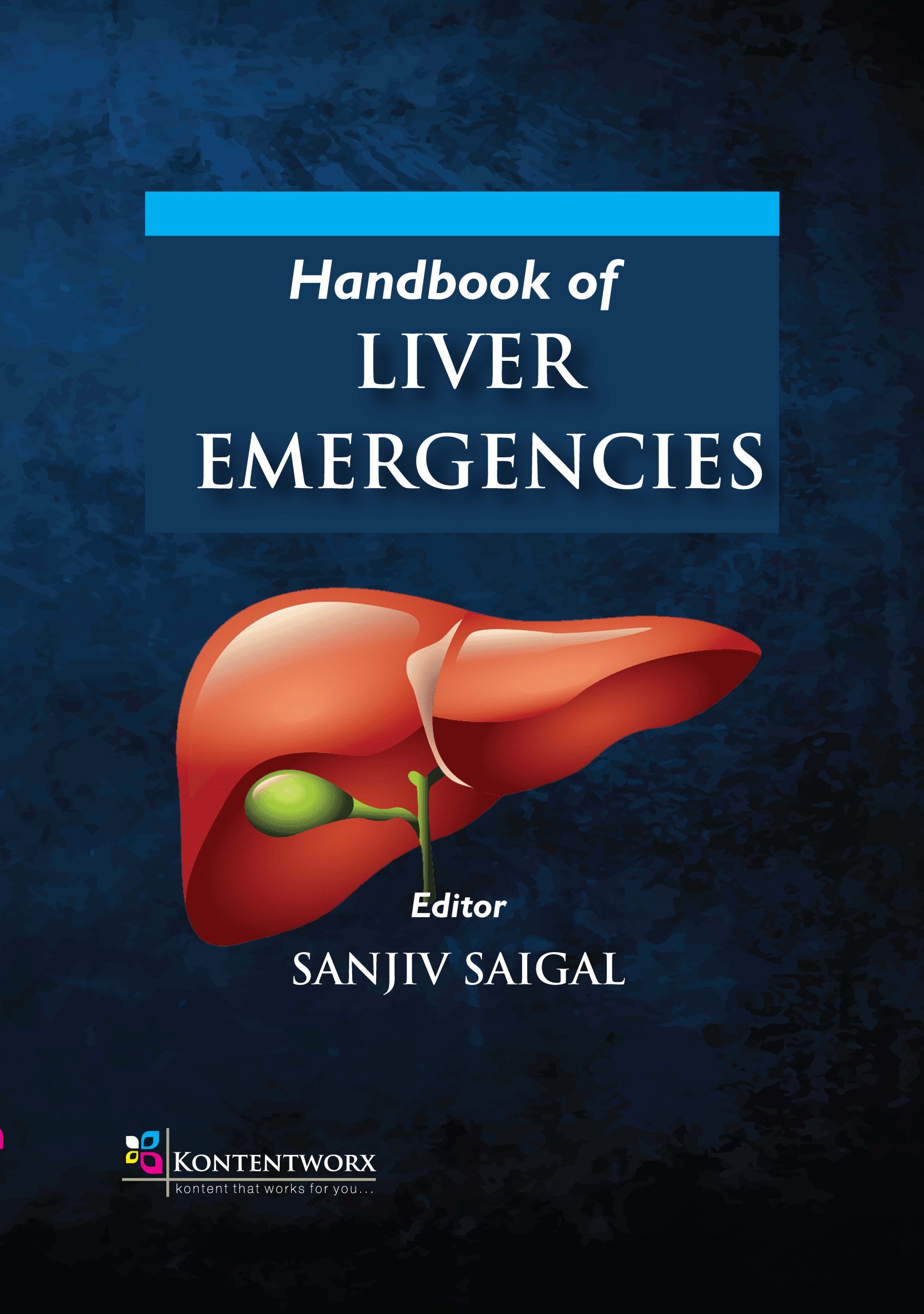
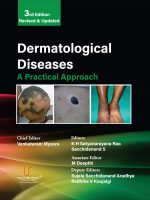


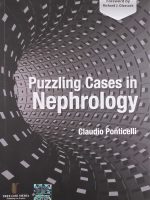
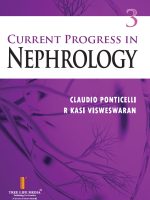
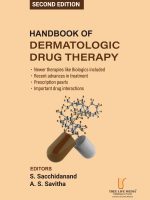
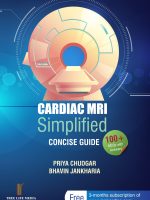
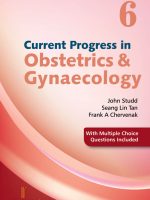
Be the first to review “Handbook of Liver Emergencies”